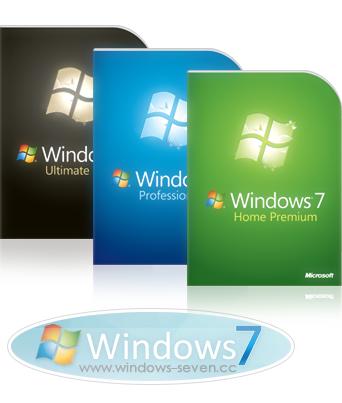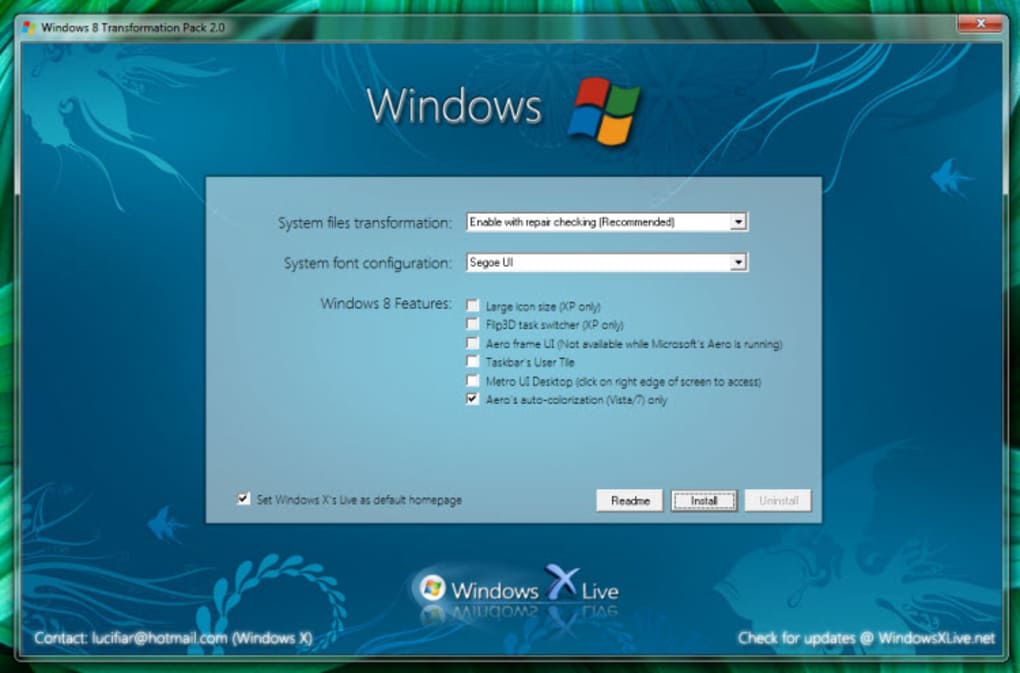

:max_bytes(150000):strip_icc()/GettyImages-921426911-5abbc8fa3418c60036e9be03-07e5ade72a044f09b192e679d379f120.jpg)
Use the Upgrade Advisor’s report as a guide to which drivers you may need.

The in-place upgrade takes a lot less time, but it does have its drawbacks. An in-place upgrade preserves your data, your applications and your settings. If, on the other hand, you’re using Vista with Service Pack 1 or Service Pack 2, you’ll not only be able to buy the less expensive upgrade copy of Windows 7, you’ll also be able to perform your choice of a custom installation or an in-place upgrade. It’s a much safer bet to create a full data backup and restore your data from that once you’ve finished the operating system installation. You can, theoretically, copy your data from windows.old into your newly created Documents folders, but you’d have to be a cockeyed optimist to rely on doing this. The old version of Windows is rendered unusable, as are your applications, although your data is still available if you go digging around for it within the windows.old\users folder. Instead, you’ll have to perform a “custom” install.Ī custom installation bundles up your existing operating system, applications and data and tosses the lot into a folder called windows.old. So although you’ll be able to buy the cheaper upgrade copy of Windows 7-instead of the expensive “full” version available to those with pre-XP copies of Windows-you will not be able to do an in-place upgrade of your operating system. Microsoft decided not to provide a direct upgrade path from Windows XP to Windows 7. The major hurdle in making the move to Windows 7 if you’re currently using Windows XP has nothing to do with hardware. No need for brand new, expensive hardware.Īdmittedly, to take advantage of all of Windows 7’s bells and whistles you’ll need a PC with a little more oomph-for example, high-resolution video playback requires more from your graphics card and another gigabyte of RAM-but we’re not talking heavyweight hardware. If those figures don’t mean much to you, here’s a real-world translation: Windows 7 will run on most of those skimpy netbooks and it will run on any halfway decent machine currently running Windows XP. Pudgy old Vista’s slender successor requires nothing more from your PC than a gigabyte of RAM, a processor running at 1GHz, 16 gigabytes of hard drive space and a video card with support for DirectX 9 and WDDM 1.0. Are you ready for Windows 7? It doesn’t take much to qualify.


 0 kommentar(er)
0 kommentar(er)
